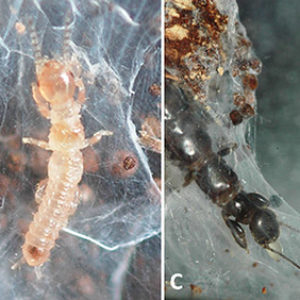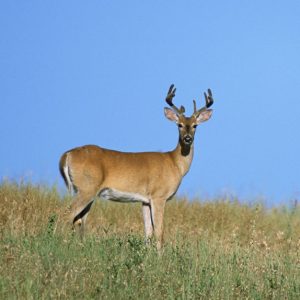 Webspinners
Webspinners
Entry Category: Zoology - Starting with W
 Webspinners
Webspinners
Webspinners
aka: Footspinners
aka: Embiids
 West Nile Virus
West Nile Virus
 West Nile Virus Distribution
West Nile Virus Distribution
Western Mosquitofish
aka: Gambusia
 White-tailed Deer, Official State Mammal
White-tailed Deer, Official State Mammal




